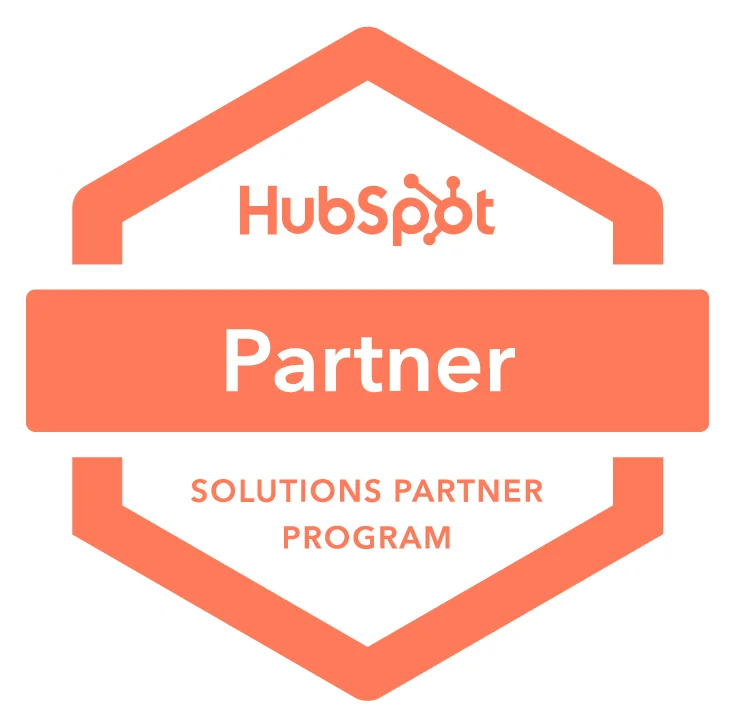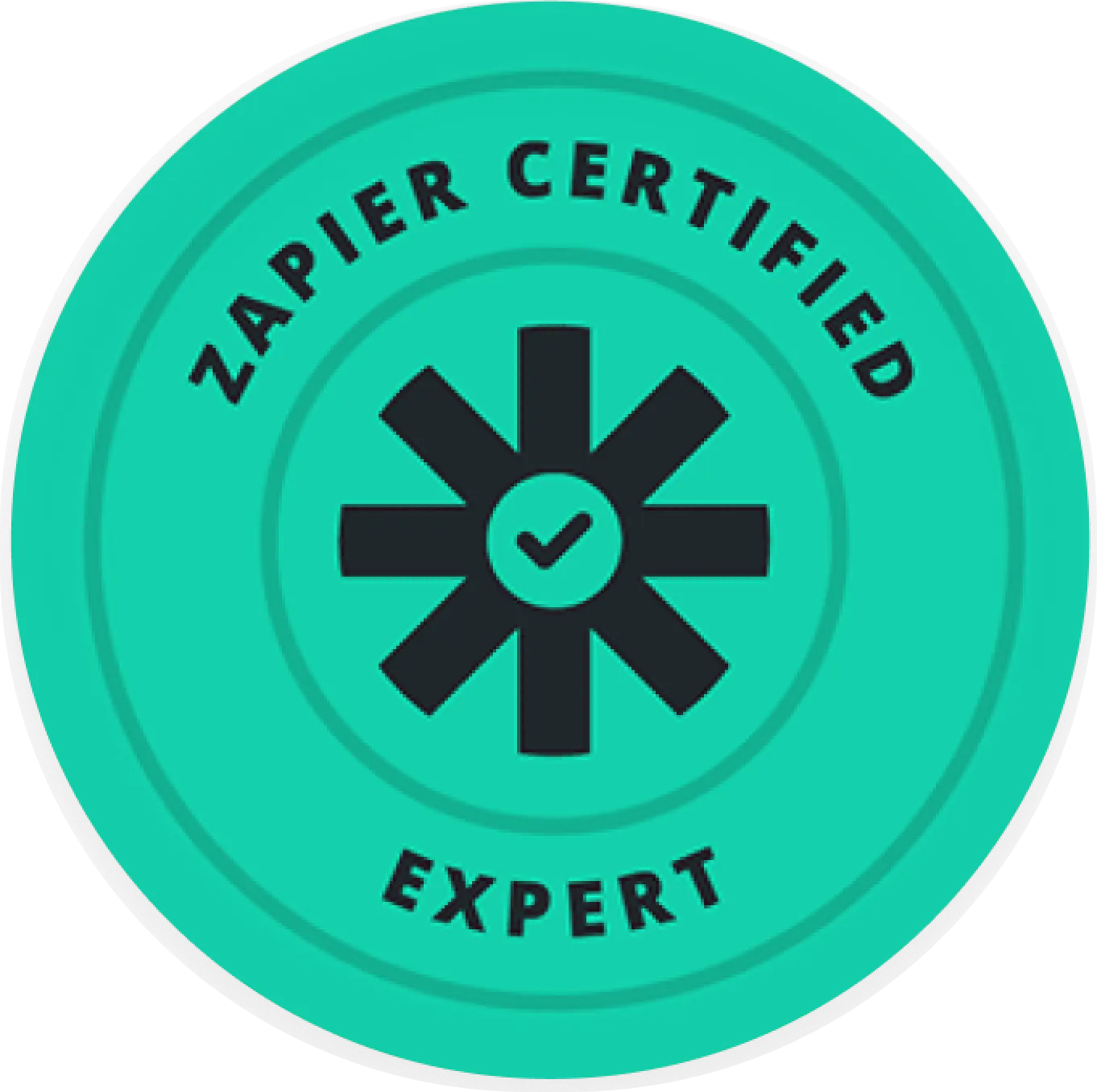Employee Onboarding Automation
Transform overwhelming paperwork into a streamlined digital journey that lets new employees focus on what matters most—becoming valuable team members.

When we have a new employee.

Create a Gmail account for the new employee.

Create a Slack account for the new employee.

Add the new employee to #team-specific.


Are you..
Struggling to onboard new employees efficiently with outdated, manual processes?
Wasting time managing scattered onboarding tasks across multiple tools and platforms?
Wanting to create a smoother, more engaging onboarding experience for new team members?
Searching for a way to track onboarding progress and ensure nothing falls through the cracks?
Finding it hard to provide new hires with quick access to essential company information?
If the answer is “Yes” to any of the above, you are in the right place.
What is employee onboarding?
Employee onboarding is the process of integrating new hires into your organization, ensuring they feel equipped and confident to contribute effectively.
Here’s what it typically includes:
- Automates manual processes
- Centralizes onboarding tasks
- Tracks progress
- Provides access
How can employee onboarding help you?

Save time and resources
Thanks to a standardized and automated onboarding process, training is successful every time.

Boost employee retention
Make all important documents digitally and signed available promptly and on time, without forgetting anything.

Increase productivity
Thanks to a standardized and automated onboarding process, training is successful every time.

Streamline employee integration
Onboarding is the first post application process that new team members get to know. Make sure they are convinced.

Ensure compliance & consistency
Thanks to a standardized and automated onboarding process, training is successful every time.

Enhance company culture
Thanks to a standardized and automated onboarding process, training is successful every time.
Makeitfuture expertise
Backed by industry-recognized certifications and performance metrics



.avif)



Clients
Automations
Years of experience
Common employee onboarding use-cases
From document signing and role setup to team introductions, these use cases simplify the entire process for faster, more efficient onboarding.
FAQ about employee onboarding automation
Employee onboarding automation digitizes tasks like sending documents, assigning training, tracking progress, and managing communication with new hires.
Automation reduces manual work by distributing documents, assigning tasks, tracking deadlines, and keeping the onboarding process consistent.
Automation handles tasks like sending IT credentials, assigning training sessions, scheduling team introductions, and distributing handbooks or policies.
Automation assigns role-specific tasks, training, and documents based on predefined workflows tailored to each position or department.
Automation collects feedback through surveys or forms and delivers it to HR for review, ensuring continuous improvement in the onboarding process.














.png)
.png)
